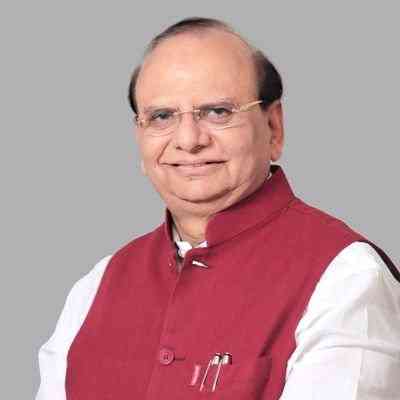ITI Mutual Fund launches ITI Conservative Hybrid Fund
The NFO closes on March 07, 2022

Mumbai, February 22, 2022: ITI Mutual Fund has announced the launch of ‘ITI Conservative Hybrid Fund’ and the NFO opened on February 21, 2022 and closes on March 07, 2022. The Fund will invest into an array of high quality Debt Instruments and also into leading Nifty50 Index stocks. The fund will be jointly managed by Mr. Vikrant Mehta and Mr. Pradeep Gokhale.
The Fund seeks to generate regular income through investments in debt & money market instruments, along with capital appreciation through limited exposure to equity and equity related instruments. However, there can be no assurance that the investment objective of the scheme will be realized.
Announcing the launch of the NFO, Mr. George Heber Joseph, Chief Executive Officer and Chief Investment Officer, ITI Mutual Fund says, “We are quite thrilled to offer ITI Conservative Hybrid fund to investors and we believe it has a very high potential to attract money from investors who are predominantly investing in traditional savings products. The fund will have minimum 75% of the exposure towards high quality debt securities and the remaining balance will be invested in equity & equity related instruments of companies belonging to NIFTY50 Index. Equity exposure will range between 10%-25% of the AUM and will be dynamically managed to give investors a smooth investment experience. This can be a wonderful value added product for distributors to help them onboard a new investor into mutual fund universe and provide them a Ready, Steady and Growth experience.”
This is the 16th fund being launched by the ITI AMC in its 2+ years of journey. The current AUM of the fund house is Rs. 2,661 Crores as on January 31, 2022. Out of the total AUM, Equity AUM accounted for Rs. 1,869 crores while Hybrid and Debt schemes accounted for Rs. 580 crores and Rs. 212 crores respectively. The geographical spread of the AUM is well diversified with top 5 cities accounting for 38.25%, next 10 cities with a share of 23.70%, next 20 cities with a share of 18.18%, next 75 cities with a share of 15.15% and followed by others with a share of 4.72%.


 cityairnews
cityairnews 











